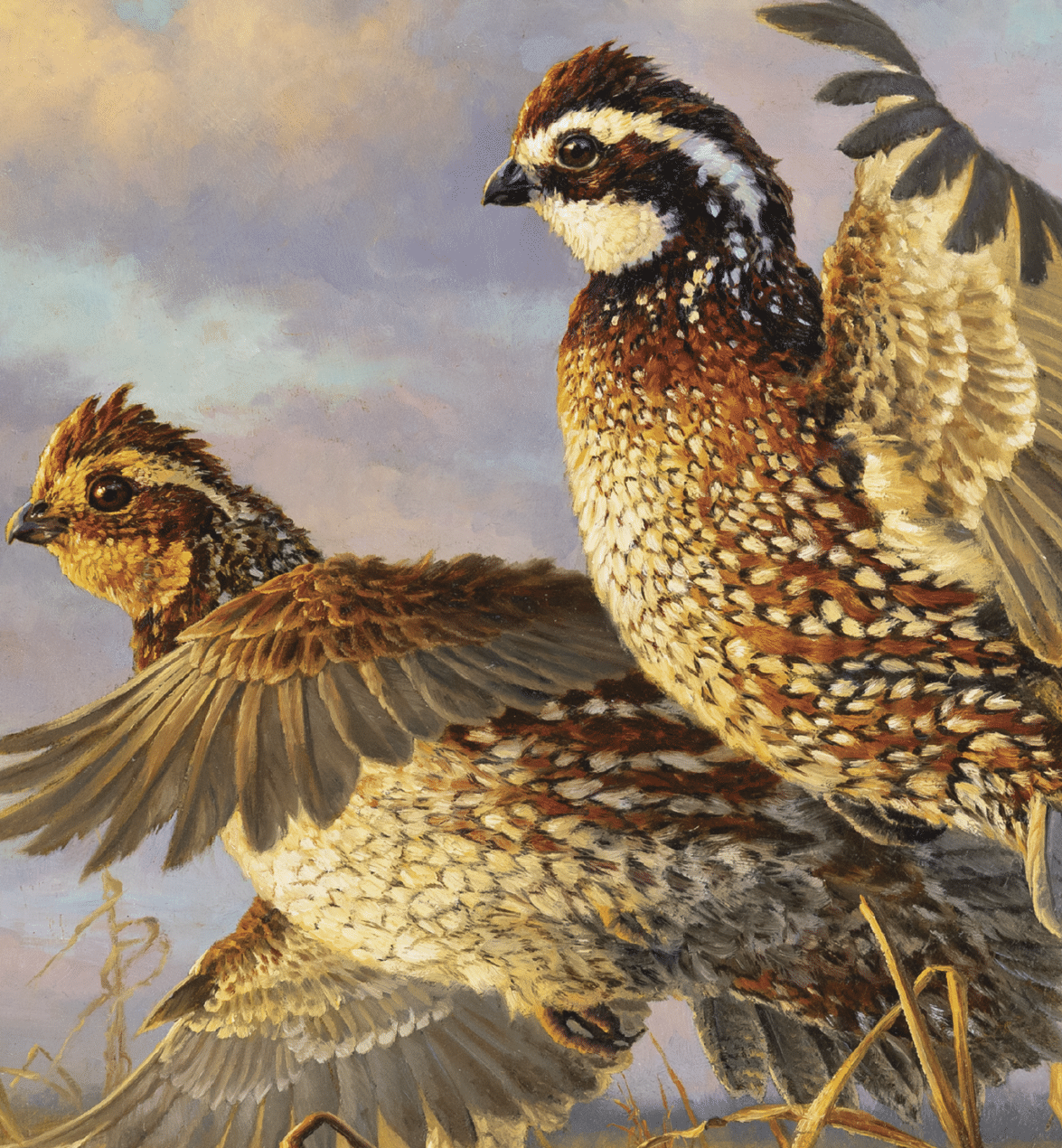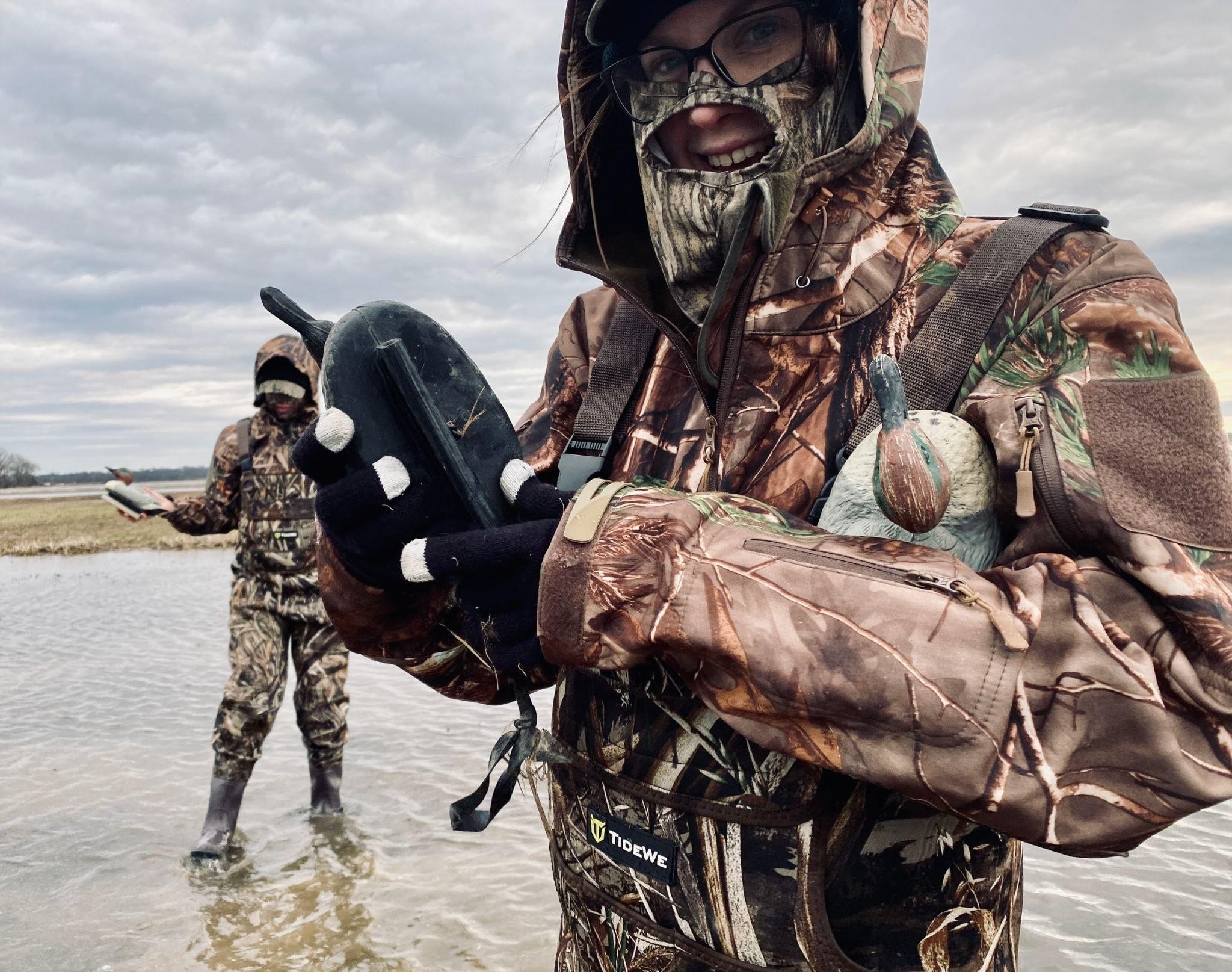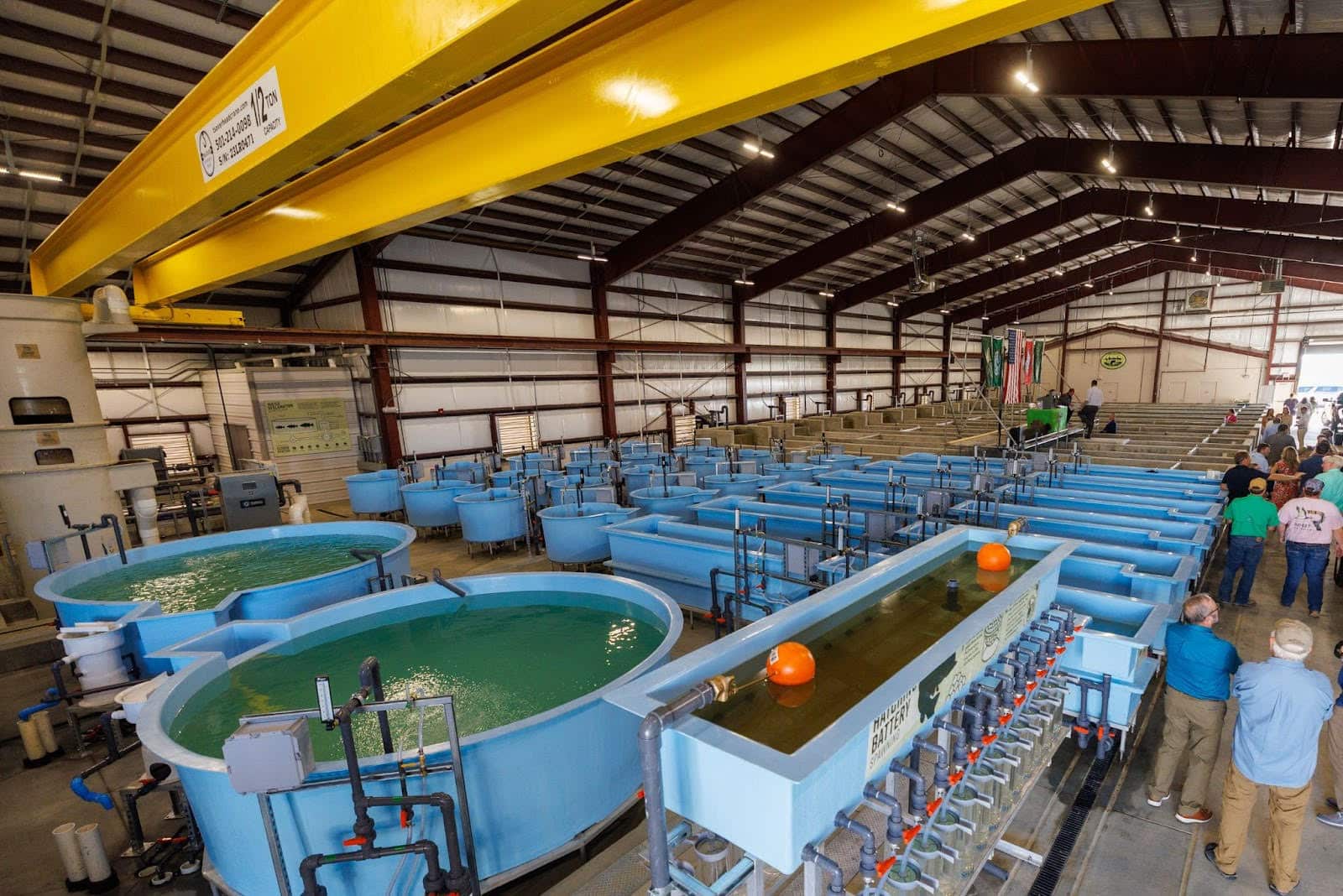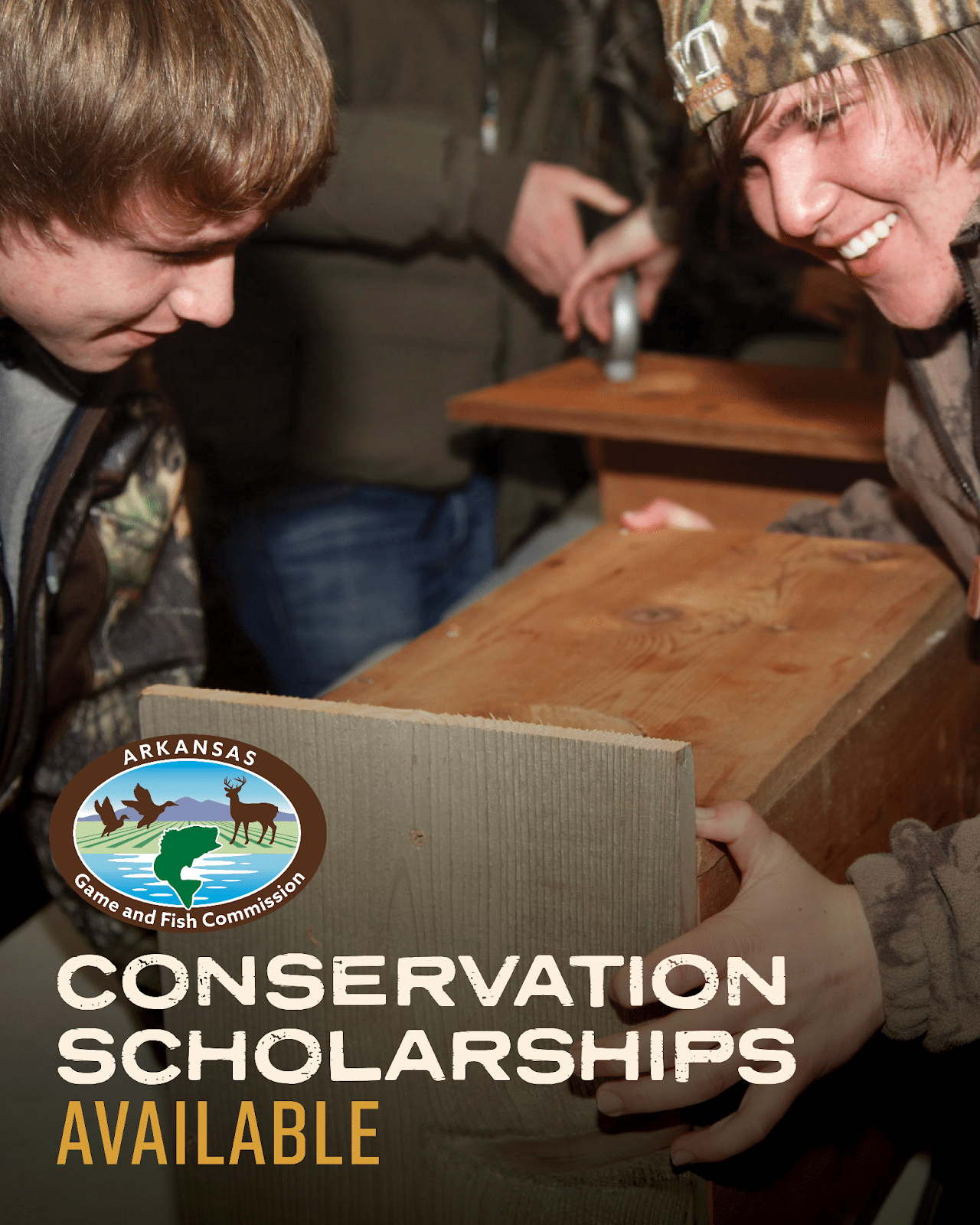Quail
Bobwhite quail are small ground-nesting birds camouflaged with brown, black and white feathers intermingled into intricate patterns.
Adult bobwhites average 10 inches tall, growing from the size of a bumble bee as a chick. Quail are a grassland obligate species that depend on a mixture of tall native grass, forbs and brush that can be found in open woodlands, pine or oak savanna, prairies and old fields. This type of habitat provides them with food, shelter from the elements and cover from predators, while retaining the quail’s ability to fly away quickly in case of danger.
Unfortunately, this type of habitat has become rare. Northern bobwhite have been declining across their range since monitoring efforts began in the 1960s, though early biologists like Aldo Leopold and Herbert Stoddard noted in the early 1900s that quail were not as common as they once were. It is likely that the quail decline started between the end of the American Civil War and 1900. Over the last 150 years, farming practices have evolved toward more mechanization and larger scale, decreasing the number of brushy field borders and thickets that provide the food and cover quail need to survive. In forested areas, what were once open pine and oak woodlands and savannas have increased in tree density due to a lack of fire on the landscape. Open, sunny woods that once harbored quail due to diverse grass and forb plant communities are now covered in leaf litter in the shade of dense trees overhead. This loss of habitat has affected dozens of other grassland obligate species, as well as impacted habitat quality for more generalist species like deer and turkey.
The Arkansas Game and Fish Commission has joined with many local, regional and national partners to restore habitat on both private and public land across the state. The sale of voluntary quail stamps, proceeds from hunting licenses, the 1/8th of a cent Conservation Sales Tax and Farm Bill funding helps fuel thousands of acres of habitat enhancement work every year. Although we will likely never see a statewide increase in quail populations, bobwhites can still be found in healthy numbers on properties where management occurs. In many places in the state, huntable populations still exist and we are working to grow the list each year.

Quail Stamp
Support quail populations across the state by purchasing a Northern Bobwhite Conservation Stamp. Stamp sales proceeds directly contribute to quail management work and result in healthier ecosystems in The Natural State.



